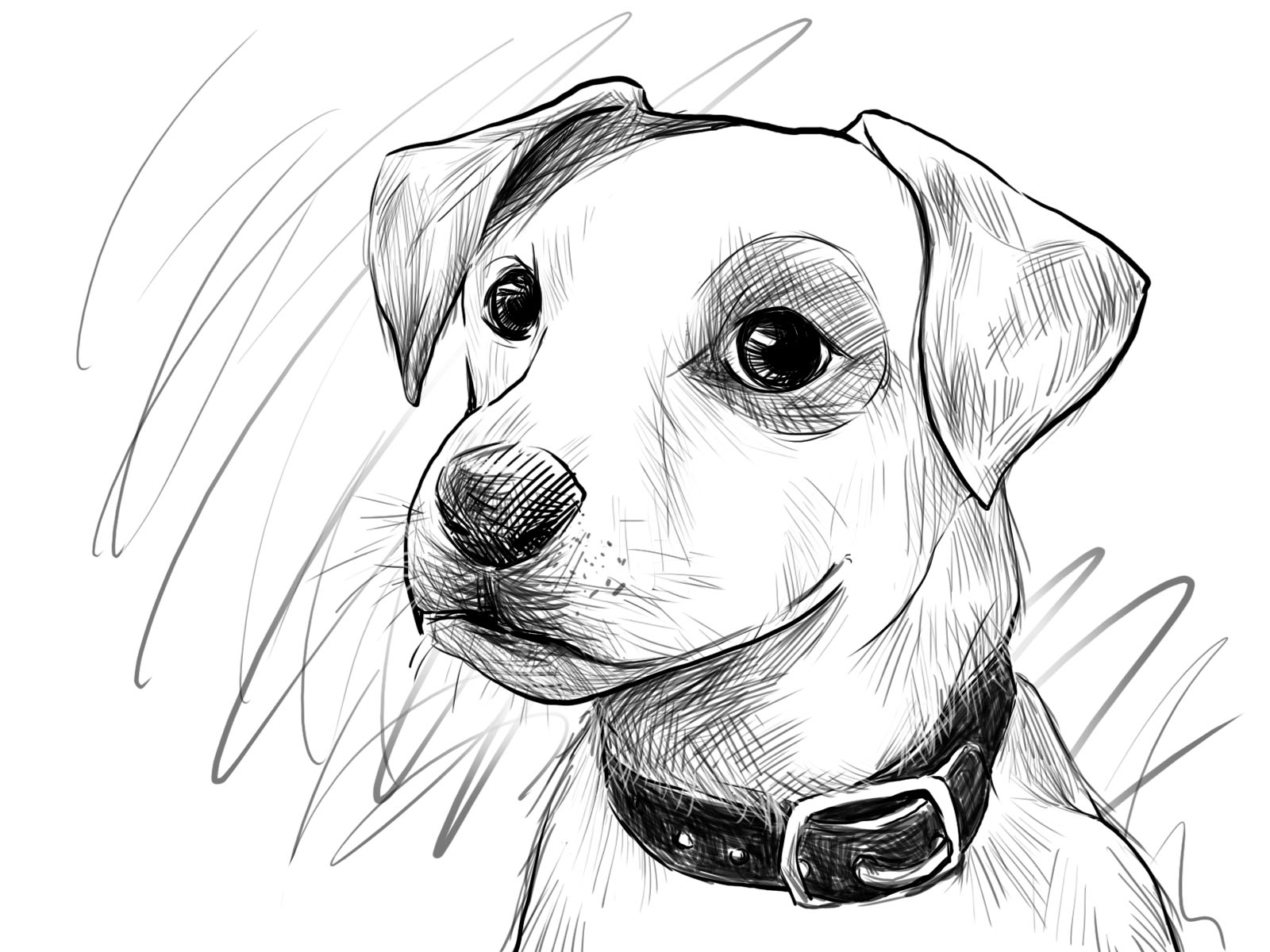Realistic easy drawings of dogs
Table of Contents
Table of Contents
Dogs are one of the most beloved pets across the world. They have been man’s best friend for centuries and continue to be one of the most popular animals to have as companions. If you’re interested in drawing, learning how to draw a realistic dog easy can be a fun and rewarding experience. In this post, we will provide guidance and tips for drawing a realistic dog easy that will make you feel like a pro!
Pain points related to how to draw a realistic dog easy
Drawing a realistic dog can be a challenging task for beginners. Many people struggle to capture the essence of a dog’s features, such as their fur, eyes, and nose. This can result in uneven or disproportionate drawings that don’t resemble a real dog. Additionally, some artists may be intimidated by the prospect of drawing a realistic dog, thinking it requires advanced skills that they don’t have.
Answering how to draw a realistic dog easy
The key to drawing a realistic dog easy is to break down the process into simple steps. First, start by observing a real dog or looking at pictures of dogs to get a sense of their features and proportions. Then, sketch out the basic shapes of the dog’s body, including the head, torso, legs, and tail. Once you have an outline, you can start adding details such as fur, eyes, nose, and mouth. Finally, color in your drawing and use shading techniques to add depth and dimension.
Main points related to how to draw a realistic dog easy
In summary, to draw a realistic dog easy, start by observing shapes and proportions, sketching the basic body, adding details, and shading. Don’t be intimidated by the thought of drawing a realistic dog; with practice and patience, anyone can do it. Some useful tips include using reference images, practicing regularly, and experimenting with different techniques.
Tip 1: Start with basic shapes and proportions
One of the most important aspects of drawing a realistic dog is getting the proportions right. Before you start adding details, focus on sketching out the basic shapes of the dog’s body. This will help you get a sense of its overall proportions and ensure that your final drawing looks balanced and accurate.
If you’re not sure where to start, try sketching an oval for the head, a rectangular torso, and cylinder-shaped legs. As you get more comfortable, you can start adding more details and refining the shapes.
Tip 2: Add texture and details
Adding texture and detail is where the magic happens when drawing a realistic dog. To make your drawing look more lifelike, pay attention to the dog’s fur and eyes. Try to capture the unique texture and shading of the fur using a variety of techniques such as stippling, crosshatching, or shading with a pencil. This will give your drawing a sense of depth and dimension.
Additionally, make sure to pay attention to the eyes and nose. These are the most expressive features on a dog’s face and are crucial to capturing its character and personality. Try using different shading techniques to make the eyes look shiny and reflective and the nose look wet and three-dimensional.
Tip 3: Practice regularly
Like any skill, drawing takes practice to improve. Don’t be discouraged if your first attempts at drawing a realistic dog don’t turn out as you hoped. Instead, keep practicing regularly and look for opportunities to improve. This could involve taking a class, watching tutorials, or joining a drawing group with like-minded individuals.
Tip 4: Experiment with different techniques
Finally, don’t be afraid to experiment with different techniques when drawing a realistic dog. Try using different pencils, shading techniques, or tools to see what works best for you. You may find that you prefer using charcoal over graphite pencils, or that you like to blend colors to create a more subtle effect.
Question and Answer
Q: Do I need to have advanced drawing skills to draw a realistic dog easy?
A: No, anyone can learn to draw a realistic dog with practice and patience. Start with simple shapes and work your way up to more complex details.
Q: Are reference images helpful for drawing a realistic dog?
A: Yes, reference images can be a great tool for getting a sense of shape, texture, and proportion. Look for high-quality images and use them as a guide for your drawing.
Q: How can I make my dog’s eyes look more expressive?
A: Pay attention to the shading and reflections in the eyes. Try using a light source to create highlights and shadows that make the eyes look more three-dimensional.
Q: What’s the best way to practice drawing a realistic dog?
A: Find opportunities to draw dogs in different positions and from different angles. Try drawing your own pet or taking photos of dogs in your neighborhood to use as reference.
Conclusion of how to draw a realistic dog easy
Drawing a realistic dog easy is a fun and rewarding experience that anyone can learn. By observing basic shapes and proportions, adding texture and details, practicing regularly, and experimenting with different techniques, you can create a lifelike drawing that captures the spirit of man’s best friend. Use these tips to start your own drawing today and see how easy it can be!
Gallery
Realistic Easy Drawings Of Dogs

Photo Credit by: bing.com / dog realistic drawings draw drawing small step easy dogs paintingvalley face
Realistic Easy Beginner Dog Drawing - Goimages Base

Photo Credit by: bing.com / beginner
How To Draw Puppy Step By Step For Beginners And Kids Step By Step

Photo Credit by: bing.com / draw puppy drawing face cute dog realistic step easy kids beginners khan umar tutorials rock january related posted
How To Draw A Realistic Puppy Dog Labrador Retriever - YouTube

Photo Credit by: bing.com / draw drawing realistic sketch labrador dog retriever drawings puppy pencil sketches
Realistic Easy Drawings Of Dogs

Photo Credit by: bing.com / pencil dogs dog drawings cute puppy drawing realistic easy sketches simple desene creion open





